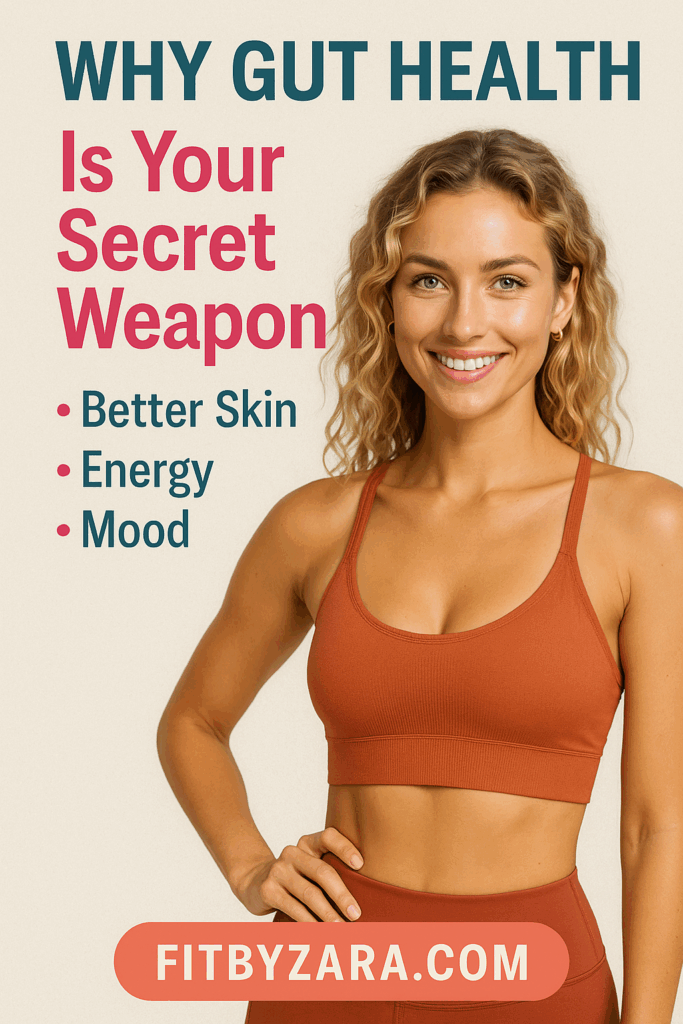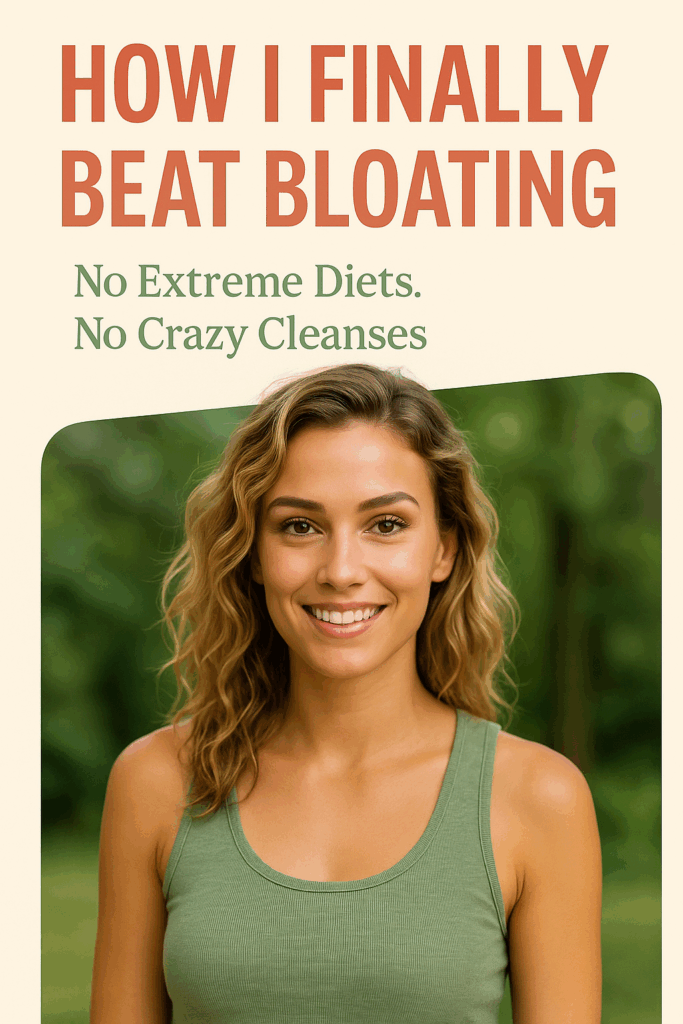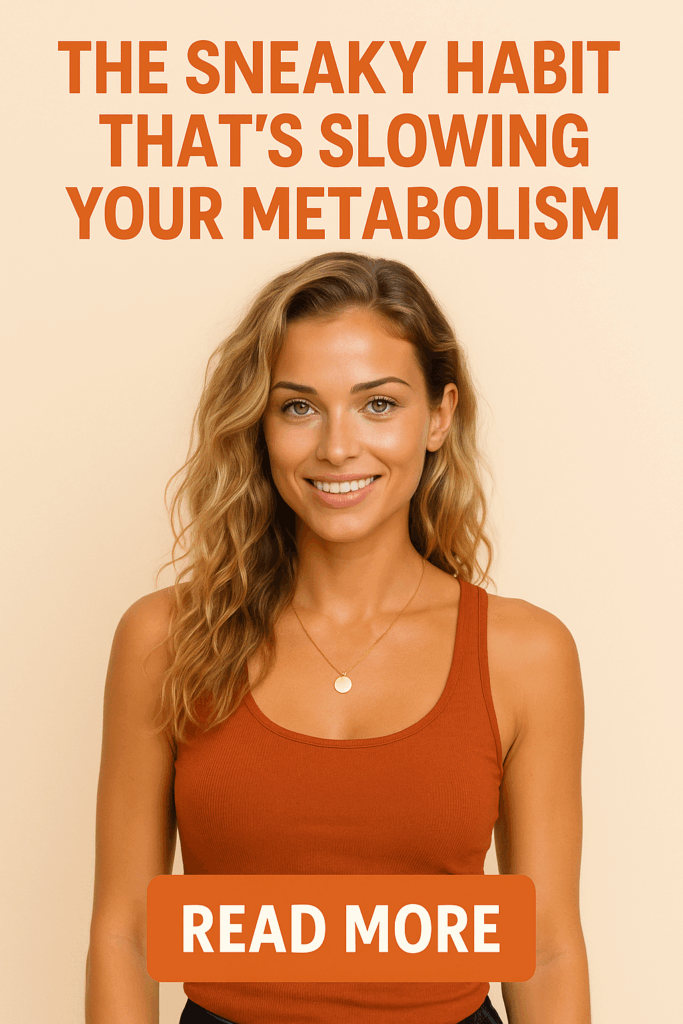Hey, ladies! If you’re in your 30s and beyond, you know that keeping our nutrition on point is key to feeling our best. Protein is a superstar nutrient that plays a crucial role in maintaining muscle mass, supporting our metabolism, and keeping us energized throughout the day. So, let’s explore six high-protein recipe tips that are not just delicious but also backed by science!

Hi, I’m Zara — fitness junkie, wellness nerd, and the voice behind FitByZara.com. This site is all about smart fitness and science-backed wellness tips for real women who want to feel their best.
Why is Protein Important?
3-Day Energy & Metabolism Reset
Grab the 3-Day Energy & Metabolism Reset — a quick-start guide to feel lighter, more energized, and back in control.

Where should I send your free reset guide?
Before we dive into the recipes, let’s talk about why protein is a must-have in your diet, especially as we age.
- Muscle Maintenance: As we grow older, we naturally lose muscle mass. Protein helps preserve and build muscle.
- Satiety: Protein keeps you feeling full longer, which can help manage cravings.
- Metabolism Boost: It takes more energy to digest protein compared to fats or carbs, giving your metabolism a little boost.
Now, let’s jump into the recipe tips!
—
1. Mix Protein Sources for a Complete Profile
Why It Matters:
Combining different protein sources can provide you with a complete amino acid profile, essential for muscle repair and overall health.
Tips:
- Pair legumes (like beans and lentils) with grains (like quinoa or brown rice) to cover all essential amino acids.
- Add nuts or seeds to yogurt or smoothies.
Example Recipe:
Chickpea Quinoa Salad
- 1 cup cooked quinoa
- 1 cup chickpeas
- Chopped bell peppers, cucumbers, and parsley
- Dressing: olive oil, lemon juice, salt, and pepper
Mix and enjoy!
—
2. Incorporate Protein-Rich Snacks
Why It Matters:
Snacking can be a great opportunity to increase your protein intake without turning every meal into a protein feast.
Tips:
- Keep hard-boiled eggs or cottage cheese on hand.
- Nut butter on whole-grain toast or apple slices makes for a protein-packed snack.
Example Recipe:
Greek Yogurt Parfait
- 1 cup Greek yogurt
- ½ cup mixed berries
- 2 tablespoons granola
Layer and enjoy!
—
3. Choose Lean Proteins for Versatility
Why It Matters:
Lean proteins are lower in fat and can be incorporated into a variety of meals.
Tips:
- Opt for chicken breast, turkey, or fish.
- Explore plant-based proteins like tofu or tempeh.
Example Recipe:
Herbed Grilled Chicken
- Season chicken breasts with garlic, rosemary, and lemon juice.
- Grill until cooked through.
Serve with a side of steamed broccoli for a balanced meal.
—
4. Get Creative with Breakfast
Why It Matters:
Starting your day with protein can set the tone for stable energy levels and reduced cravings.
Tips:
- Try protein pancakes using oats and eggs.
- Add protein powder to your smoothie or oatmeal.
Example Recipe:
Banana Oat Protein Pancakes
- 1 ripe banana
- 1 cup oats
- 2 eggs
Blend and cook on a skillet until golden brown. Serve with nut butter!
—
5. Experiment with High-Protein Grains
Why It Matters:
Not all grains are created equal; some are packed with protein.
Tips:
- Opt for quinoa, farro, or buckwheat as your grain base.
- Use these grains in salads and bowls.
Example Recipe:
Farro & Roasted Vegetable Bowl
- Cooked farro
- Roasted sweet potatoes, Brussels sprouts, and onions
- Drizzle with tahini or your favorite dressing.
—
6. Incorporate Protein Powder Wisely
Why It Matters:
Protein powder can be a convenient way to boost your intake, especially if you’re on the go.
Tips:
- Look for plant-based options if you’re lactose intolerant or vegan.
- Mix into smoothies, oatmeal, or pancake batter.
Example Recipe:
Berry Protein Smoothie
- 1 scoop protein powder
- 1 cup almond milk
- ½ banana
- 1 cup spinach
Blend and enjoy!
—
Final Thoughts
Protein is essential for all of us, especially as we navigate through our 30s and beyond. By incorporating these high-protein recipes and tips into your routine, you can fuel your body, feel energized, and maintain your wellness journey.
Zara says: “Eating well isn’t just about restriction; it’s about nourishing your body and enjoying every bite!”
So grab your aprons, get cooking, and let’s celebrate the power of protein together!
—
Quick Recap
1. Mix Protein Sources for a complete profile.
2. Incorporate Protein-Rich Snacks into your day.
3. Choose Lean Proteins for variety.
4. Get Creative with Breakfast to start strong.
5. Experiment with High-Protein Grains for nutritious meals.
6. Use Protein Powder Wisely for convenience.
Remember, ladies, it’s all about balance and finding what works for you. Happy cooking!
HepatoBurn: Gentle Support for Steadier Days
When you’re stacking real habits—protein-forward meals, steps, and 7–9 hours of sleep—HepatoBurn is a simple add-on that supports the system behind energy, appetite, and metabolic rhythm.
Why Women 30+ Use It
- Pairs with an already-solid routine—no jitters, no crash.
- Easy to remember: 2 capsules with meals.
- Plays well with protein, walking, and strength training.
How to Use
- Timing: Breakfast & lunch are easy wins.
- Consistency: Use daily for a fair assessment.
- Stacks: Protein-first plates, post-meal walks, lights-down wind-down.
What It Isn’t
- Not a stimulant and not a magic fix.
- Best used alongside habits you’ll actually keep.
- Educational only—talk to your provider before new supplements.
Important: Educational only, not medical advice. Supplements don’t diagnose, treat, cure, or prevent diseases. Talk to your provider before changes to diet, exercise, or supplements.






















